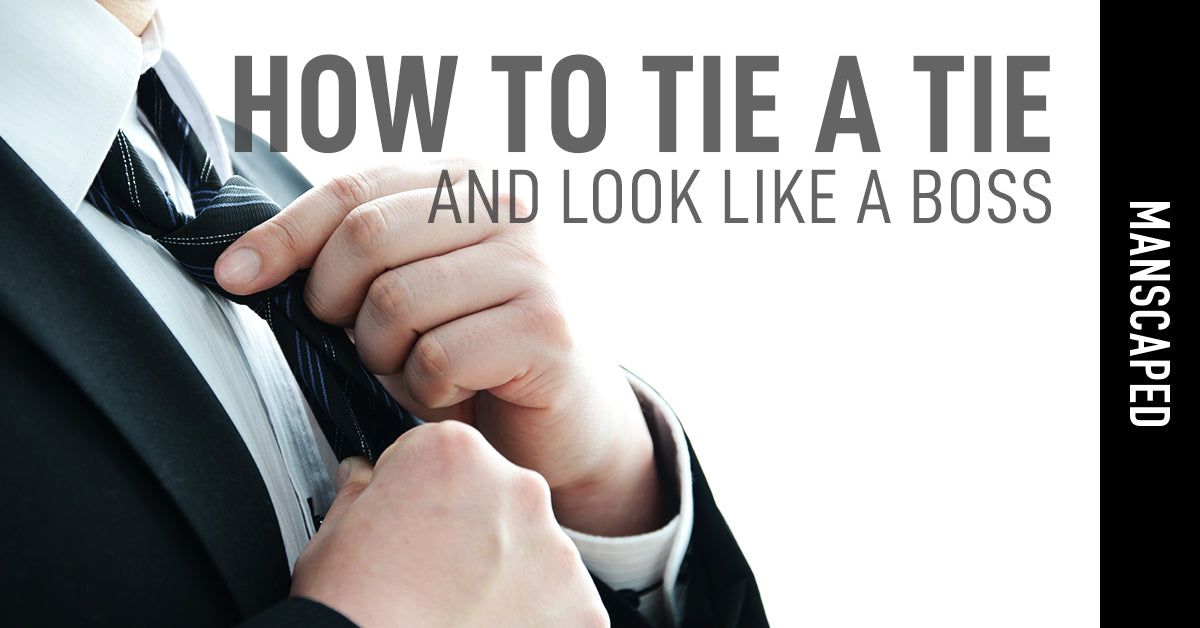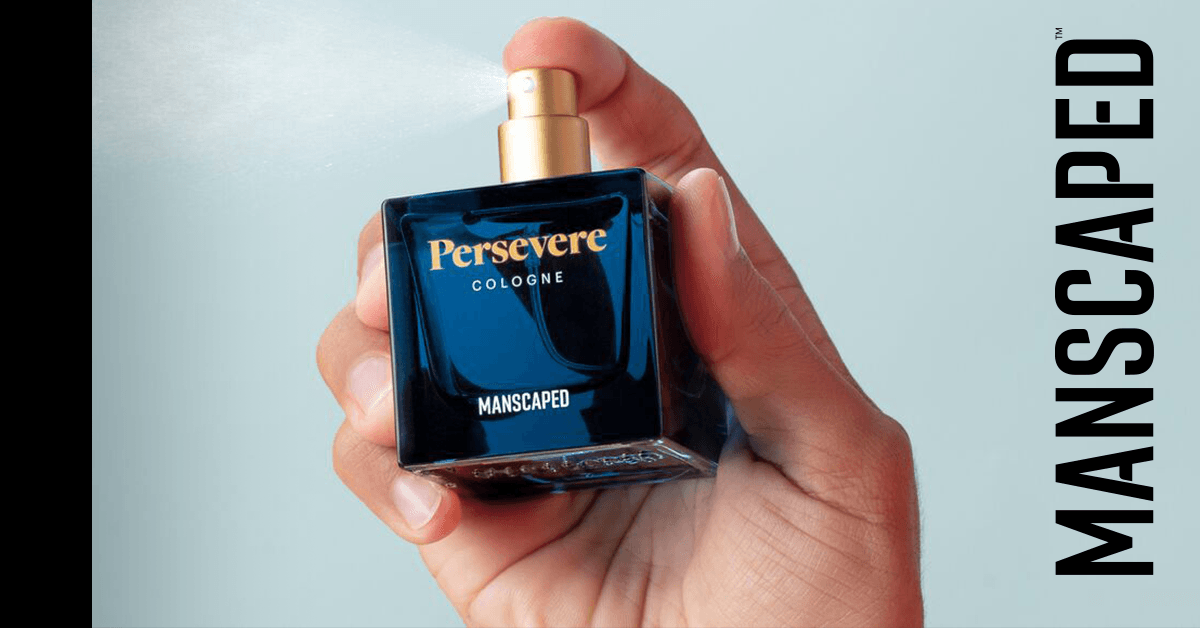
You need to know that you're in a safe space. We know your secret, and we're not judging. We're here to help. The simple truth is that you don't know how to tie a tie. Before you get defensive, we know. You learned a basic knot at some point, and whenever a genuinely hopeless case comes by, you help out with your 'amazing' knowledge. Your tie knot knowledge is the equivalent of knowing how to jump a car. It doesn't make you a mechanic, and your bastardized Windsor knot doesn't make you sufficient in ties.
All of that is ok. Today, you're going to learn how to tie a tie like a boss. We have fifteen different knots explained. They range from complete basics to jaw-dropping style choices. By the time you're done here, you actually will know about ties, style, and the whole shebang. And yes, there are video instructions to make sure you get it right. Buckle in boys. This lesson is long overdue.
Even and Uneven Knots
The first thing you need to know is that knots can be split into two categories. Those two divisions are even and uneven knots. What you need to understand is that there is not a superior category. Each style of knot has its place; you just have to know which setting fits the style.
In general, even knots are more formal. The knot design is perfectly symmetrical, and it fits the everything-in-its-place style. If you know what a double Windsor is, it's the classic example. If you don't know what a double Windsor is, you'll learn in a minute.
Uneven knots tend to shine in informal settings. When you're at a party, and you want that quirky sex appeal, an uneven knot is your friend. The most common among them is the half Windsor (again, you'll learn about this in detail in a moment). Conversely, you probably shouldn't wear an uneven knot at a Congressional hearing. It's less formal.
Color Matters
It's important to know that some ties look better with specific color patterns. When we explain each knot, we'll note anything you need to know about colors, but you shouldn't assume that all knots are suitable with all color schemes. The general rule goes like this. If the knot is simple, it probably works with most colors. As knots get more complicated and stylish, they work with smaller ranges of color samples.

Tie Difficulty
There's one more concept to explain before we get into the knots themselves: tie difficulty. We're not going to use a formal rating system, but some knots are much more straightforward than others. All of that considered, even the most complex knots can be mastered with a bit of effort. The knots we're going to list range from stupidly easy (you can probably master them on your first try) to real head-scratchers. Still, with a bit of practice, the most intricate head-scratcher will be at your disposal in the end.
With all of that considered, the difficulty of a knot is not indicative of whether or not you should wear it. The Windsor is one of the easiest knots in the game, but it is still a champion. It provides a classic look that is great in business and most formal settings. Some of the intricate knots are too jazzy for solemn settings and work better at parties. The lesson here is that every knot has its place, and you shouldn't favor one over the other just because it is easier or more challenging to tie. Just pick the style that you think works best for the occasion. Everything else is a simple matter of effort.
The Knots
Here we are. We're going to show you how to use a whole bunch of different knots. We'll explain each style of knot, difficulty, strengths, and weaknesses. We also have some videos ready, so you can learn the easy way; this is where you learn to look like a boss instead of a scrub.
Four in Hand Knot
The four-in-hand knot is the ultimate beginner's knot. It was invented for schoolboys near the turn of the 20th century. It's incredibly easy and definitely uneven. In fact, it's probably more accurate to call it lopsided than just uneven. The final look is a bare minimum, and while learning this knot is worthwhile, there's a good chance you'll never wear it. It's just too informal. But, if you find an occasion, it works with narrower collars and button-down collar dress shirts. It's the knot you might use with a blazer and jeans. Seriously.
Half Windsor
The half Windsor is another quintessential beginner knot. It's one of three basic knots that dads used to pass down to their sons (before the internet made such lessons obsolete). The half Windsor is an uneven knot that is easy to tie and uses minimal tie length (compared to other knots); this makes it best with thicker ties and tall guys.
The half Windsor is pretty dominant in business casual settings and informal parties and gatherings; this is the one that has a little bit of an off-center tilt that is just deliberate to make it clear that you aren't a slob. If you know how to wink, this is an excellent knot to keep at the ready.
Full Windsor
Also called the double Windsor, this is the granddaddy of all tie knots. It's identical to a half Windsor, except it has an additional sub-knot; this makes it an even knot, and it's challenging to make full Windsor uneven. Among the formal knots, it's probably the very easiest.
It's worth noting that the full Windsor uses considerably more tie length than the half (as the names imply); this makes it preferable for thinner ties. Also, if your tie is a little too long for you, a double Windsor might help you with the extra slack.
Even though the full is a formal knot, you won't look like a schmuck if you wear it at an informal dinner party or keep it for the reception after the wedding. Basically, this is the power tie knot. It works for an executive and young men wearing their first tie. It's the all-around tie for all occasions. If you only learn one of these knots, it should be this one. But you'll be missing out on a lot of fun.

Nicky Knot
Here's the next on the list of our extremely easy list. The Nicky Knot is extremely similar to the half Windsor. It's easy. It's uneven. It's great in informal settings. There are two big differences. First, very few guys actually know the Nicky Knot, so you can distinguish yourself from the crowd on this one. Second, it's looser than the half Windsor, so it ends up being slightly more informal — but no less sexy.
Bowtie
You're not actually a cool dude unless you can tie a bow tie. It's known to be more challenging than the basics, but it's still very within reach. Spend 5 to 15 minutes on YouTube, and you can get this one down. Then, you get to be one of the sexiest guys at any event that requires a monkey suit.
Here's the ultimate tip for bow ties. It's not having it tied that makes it so sexy. The real moment of distinction comes at the end of the night when everyone loosens their ties to relax. All of the scrubs will loosen their pre-tied bows and look awkward. You can completely untie your tie and let it hang free. That's when everyone will know that you're the guy who knows his stuff. It's a subtle thing, but it bears a real impact. Try it, and you'll see.
Kelvin Knot
We're dipping back into the easy knots for a bit. The Kelvin knot is notably more obscure than our other introductory-level options, but it's a fun one to know. It still adheres to the traditional triangle shape (things will be getting very interesting very soon). The Kelvin knot is even, but it's not the most formal design ever. It works great when you're somewhere in that limbo between casual and formal. When you know, you should be sharp, but you're not in a tux, consider stealing a little style from Lord Kelvin.
Pratt Knot
The pratt is our last super simple knot. The Pratt Knot is essentially a backward half Windsor. It's plenty even, and it's uneven. Like the half Windsor, it doesn't use that much tie length, so it's great with thicker ties and ties that seem a bit short for wearing.
The real niche of the Pratt Knot is that it reverses the laid-back tilt of the half Windsor. It's an incredibly subtle way to separate yourself from the pack. People won't necessarily be sure why they're complimenting you, but they will be complimenting you.

Saint Andrew Knot
Ok. Let's venture away from the basics and start looking at more intricate knots. The Saint Andrew is not the most complicated thing on this list, but it will require more practice than your traditional Windsor variants.
Basically, this is a double Windsor on steroids. It is an even knot, and it uses a lot of tie material. With multiple wraps, it makes a thick, substantial knot. It's great for semi-formal occasions, very thin ties, getting away from the boring standards, and using up extra tie length when you don't need it.
Balthus Knot
The Balthus is another big, fat, even knot. It's a little more complicated than Saint Andrew, but we're still not in the big leagues yet. The primary purpose of the Balthus is to eat up slack in the tie. If you have a problem with your ties being too long, this will make a great new standard knot for semi-formal and formal events.
When we say it uses a lot of tie length, we're probably understating things. This knot is for extra-long ties if you're a standard height. If you're over 6'5", you'll probably never be able to pull off a Balthus.
Eldredge Knot
Now we're getting into the thick of it. Pretty much from here on, these are knots that separate the men from the boys. The Eldredge makes a medium-sized, even knot. It completely ditches the traditional triangle design. Instead, the Eldredge links multiple loops to create a patterned knot. It's a little more stylish than most, so it's not a good idea unless you're in something that was tailored. It's also much easier to use with thinner ties.
Trinity Knot
The Trinity Knot uses three loops to create a unique shape and pattern. If you're familiar with the Trinity symbol (in the front pages of many Bibles and on lots of church signs), the knot is designed to look exactly like it. Despite the intricacy, the Trinity is medium in size, even in symmetry, and high in fashion. The Trinity is not a knot for when you slap a blazer over jeans to meet minimum dress requirements. The Trinity is a knot that you use to show off your sense of style (unless, of course, you're the CEO, then you might get to do what you want).
Prince Albert
There are — ahem — other things that might go by this name. We're talking about ties. Stop giggling. We're talking about ties.
Even though Prince Albert is in our complicated section, it's pretty easy to execute. It utilizes a series of wraps around the central knot. The result is a cylindrical aesthetic that completely ditches the traditional triangular look. Even though it's an even knot, it's on the informal half of the spectrum. That's because Prince Albert tends to sit loose, and it's easy for him to get a little unshapely.

Van Wijk Knot
If you like the Prince Albert concept but want something that works in formal settings, you want to learn about Van Wijk. This knot is still cylindrical, but it adds a bunch of layers to the design. It holds shape well and looks downright sharp.
If you want to truly master Van Wijk, use on ties with light collars, shirts with narrow collars, and an outfit that rocks a vest. This thing pops when you have a vest on, so keep in mind the next time you're dressing to the nines.
Merovingian Knot
If you think way back to the Matrix trilogy, there was a character with this name. The tie knot is named after him, and it's easily the most complicated and the coolest on this list. It's a little bit of a throwback to the era of lace and frills on men, but with an extremely modern twist. When done correctly, the Merovingian makes your knot look like a miniature tie sitting on top of your tie. You need to see it to understand.
While this is an extremely fashionable knot, it's completely non-traditional. It works in formal settings where unique fashion is a good idea. It's not ideal for a business meeting — unless that meeting is in Milan.
Four Rings Knot
The last knot on the list is the Four Rings Knot. It is also intricate, beautiful, and a mark of high fashion. The design layers four separate rings that fold in on each other. It's a large, loose knot. It eats up a ton of tie length, and it's not intended to leave the tie resting near your naval. Instead, it's all about the blossoming rings under your neck.
Four Rings is best used with solid colors and silk ties. Also, it's a party knot. It's the knot you wear when you're feeling sexy and want some attention.
Now You Know How To Tie A Tie Like A Boss
There you go, guys. You just learned enough to be real tie wearers. You can pick the right tie for the right occasion, match colors and collar styles, and make your tie look good all the way. With this lesson, you can consider yourself someone who at least knows the basics of men's fashion. No, that's selling you short. You can outshine the average guy in any dress-up scenario.
We look forward to you looking sexy and rocking your tie to the degree that was previously out of reach. Until next time, have fun and stay fresh.
03.09.21
Share

Featured Articles
- Your Favorite Ball Deodorant. Now with a New Scent: Perservere.MANSCAPED® + TCS for Testicular Cancer Awareness MonthIntroducing The Lawn Mower® 5.0 Ultra TCS Special Edition and TCS Ball Hero BundleThe Dome Shaver™ Pro vs. The Dome Shaver™ Plus: Which Should You Choose?The Chairman™ Pro vs. The Chairman™ Plus: Which Should You Choose?



